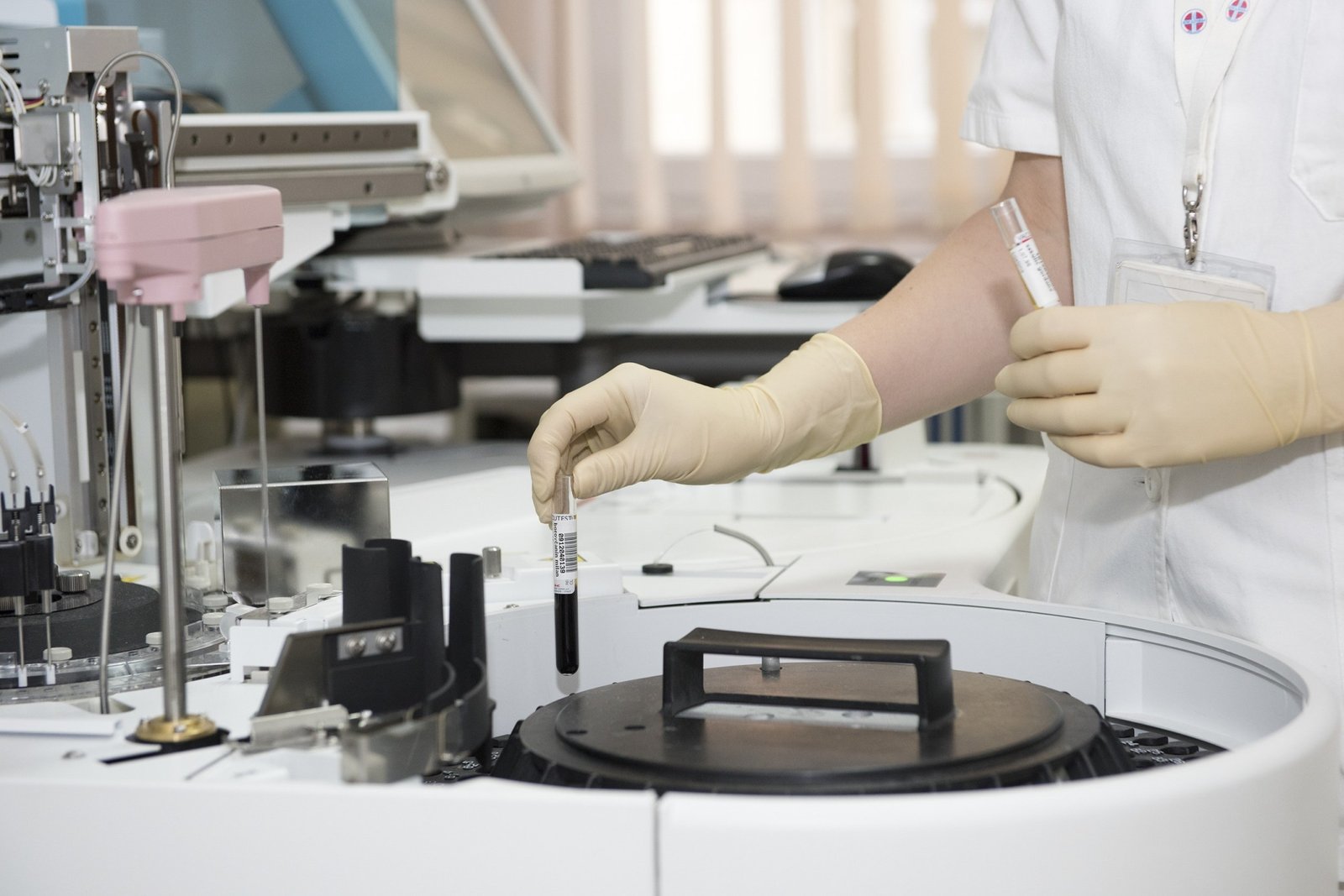Published
5 years agoon
By
Jack
What is DNA testing? The DNA test is basically the reading of a person’s genes. Know what their structure is, on which chromosomes they are located, whether they are modified or damaged. This testing is also called genetic mapping. If you want to do this test, you can contact various online DNA testing services such as Hot5.
How is the DNA test done?
It is necessary to collect samples of some body fluid which can be blood, saliva, nails, hair strands or sperm. Using sophisticated laboratory techniques, the DNA of the samples is isolated and then the mapping is done, which is done by equipment called “DNA sequencers“.
The first sequenators took months to do the genetic mapping and the cost was thousands of dollars. But things are changing in this area. The newest DNA sequencer of the moment, the NGS (Next Generation Sequencing), is able to map the human genome of dozens of people at once, with an absolutely accurate result. The delivery time of the result is less and less: certain DNA readings by NGS technology can be performed in less than 24 hours.
Paternity tests
In paternity tests, the test is performed with DNA samples from the child, the mother and the alleged father. It is also possible to perform the paternity test on the still pregnant woman in two ways: noninvasive tests and invasive tests. Already the invasive test can get more details about the baby, checking for hereditary and genetic diseases that he may have.
How long does it take to get the result out?
It all depends on what is being analyzed in the DNA test. Sequencing of all DNA, such as done in paternity tests, can take up to 2 weeks. Tests that look for specific DNA changes may take up to less than 24 hours.
Care before DNA testing
No special preparation is required prior to sample collection for DNA testing. In the case of pregnant women, it must be a pregnancy of at least 10 weeks (in the case of the non-invasive test) for the result to be accurate. The collected material must be packed in an appropriate kit that the laboratory offers for this purpose. The sample should be stored at room temperature and sent to the laboratory with a record filled with the patient’s data and the respective informed consent form.
Factors that alter the DNA test result
Because a person’s DNA is unique, it can’t be altered by drugs, alcohol, drugs, food, age, or lifestyle, not even by surgical procedures. However, if the patient has already had a blood transfusion, this should be reported to the laboratory.
Possible DNA test results
Normally a DNA test report will show which genes and chromosomes have been studied and the geneticist’s analysis of them. The results are presented in clear and simple reports. In examinations to define paternity the result is always comparative. Half of the baby’s DNA comes from the mother and the other half from the biological father. After specifying the DNA’s of the father and the mother, a comparison is made with the baby’s DNA.
It is necessary first to try to exclude paternity with the information obtained in the laboratory, after the characterisation of several regions of the DNA. When four or more discrepancies are verified, the paternity hypothesis is excluded because it is impossible.
